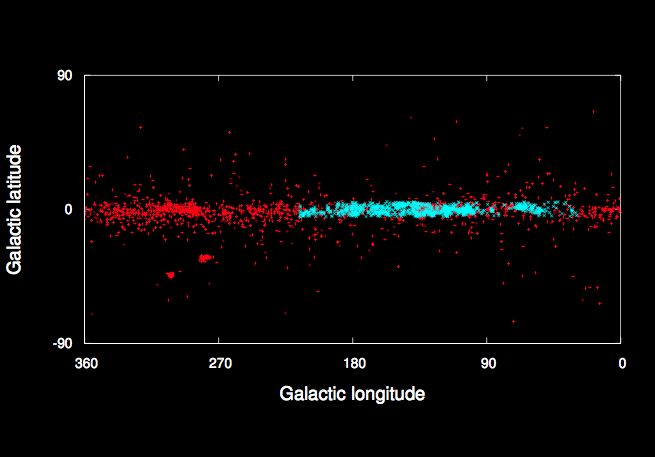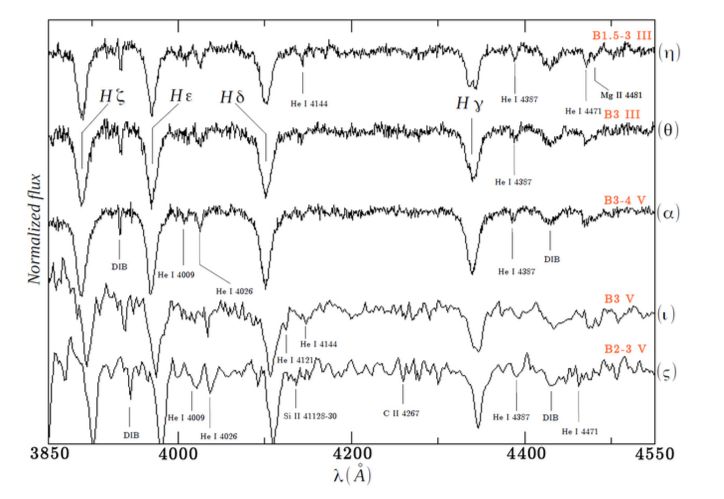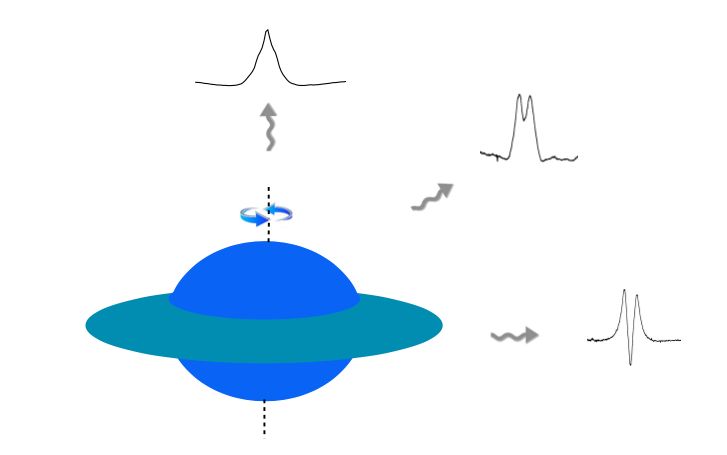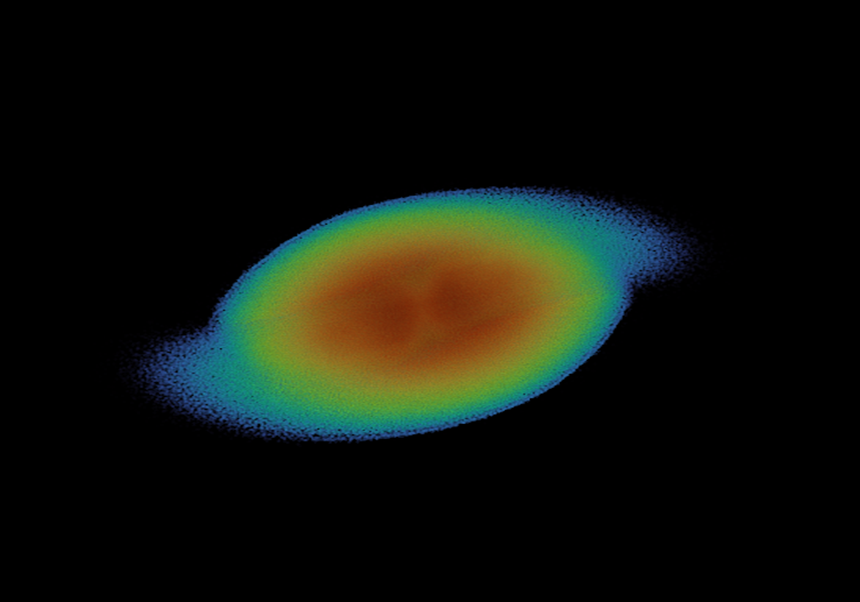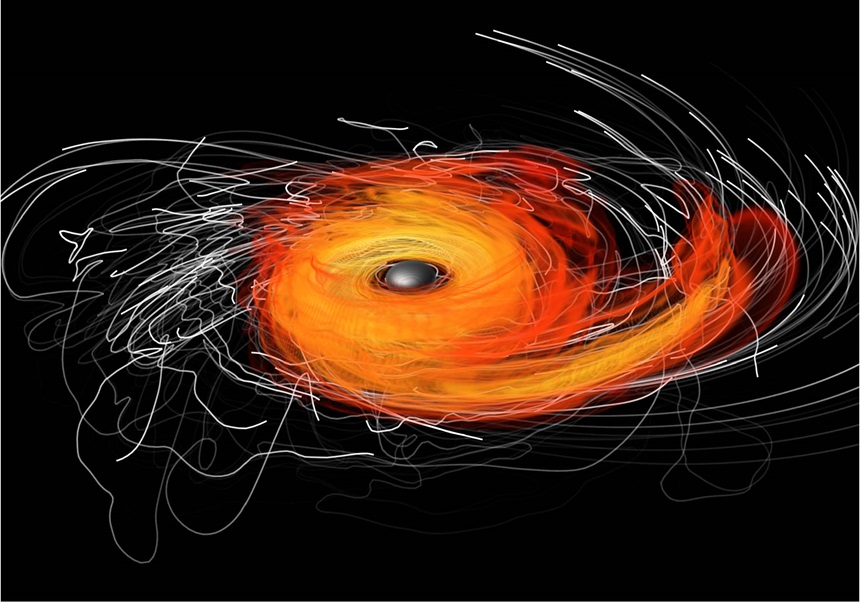
Exposicions Tesis. El proper dimecres dia 28 de juny, a les 16:00 h, a la Sala de Seminaris (SS6) de l'edifici d’Instituts d’Investigació de Paterna, tindrà lloc la lectura de la Tesi Doctoral realitzada per Leonardos Gkouvelis, sota la direcció del doctor Juan B. Fabregat, Catedràtic d'este departament.
TÍTOL:
Spectral classification and physical parameters of the IPHAS CBe stars in the BCD system
RESUM:
The INT Photometric Hα Survey (IPHAS) has detected tens of thousands of emission line objects in the Northern Galactic Plane. Spectroscopic follow-up has shown that the vast majority of them are Classical Be (CBe) stars, rapidly rotating main sequence B type stars which develop an outflowing circumstellar disk by mechanisms not yet completely understood. In this work we present a study of the full catalogue of the CBe stars discovered by IPHAS. We have analyzed 805 low resolution spectra of 732 IPHAS CBe stars. With a semi-automatic proce- dure, which we evaluate at the first part of this work, we obtained the relevant physical parameters, including the effective temperature, surface gravity, absolute magnitude and distance, based on the techniques of the Barbier-Chalonge-Divan (BCD) spectrophotometric system. Also, we plot an HR diagram from which we extracted masses and ages. From the data in the catalogue we have determined for the sample a mean rotational velocity of 82% of the critical velocity, without any trend of variation with the spectral type. The data also confirm that the circumstellar discs rotate following a Keplerian velocity law. We found the ages of the stars evenly distributed be- tween the ZAMS and the TAMS, and hence our results do not support claims of an evolutionary nature of the Be phenomenon. The distribution of the stars does not present an apparent clustering in or around the Perseus or the Outer Arm regions. Instead, they appear scattered along the two arms and the space in between, with some stars spreaded along larger dis- tances, beyond the expected location of the Outer Arm. The density of the stars beyond the Perseus Arm displays a similar exponential decline at all longitudes along the Northern Galactic Plane. No evidence of an outer Arm beyond the Perseus Arm is present in our data.
The INT Photometric Hα Survey (IPHAS) has detected tens of thousands of emission line objects in the Northern Galactic Plane. Spectroscopic follow-up has shown that the vast majority of them are Classical Be (CBe) stars, rapidly rotat- ing main sequence B type stars which develop an outflowing circumstellar disk by mechanisms not yet completely understood. In this work we present a study of the full catalogue of the CBe stars discovered by IPHAS. We have analyzed 805 low resolution spectra of 732 IPHAS CBe stars. With a semi-automatic proce- dure, which we evaluate at the first part of this work, we obtained the relevant physical parameters, including the effective temperature, surface gravity, absolute magnitude and distance, based on the techniques of the Barbier-Chalonge-Divan (BCD) spectrophotometric system. Also, we plot an HR diagram from which we extracted masses and ages. From the data in the catalogue we have determined for the sample a mean rotational velocity of 82% of the critical velocity, without any trend of variation with the spectral type. The data also confirm that the circumstellar discs rotate following a Keplerian velocity law. We found the ages of the stars evenly distributed be- tween the ZAMS and the TAMS, and hence our results do not support claims of an evolutionary nature of the Be phenomenon. The distribution of the stars does not present an apparent clustering in or around the Perseus or the Outer Arm regions. Instead, they appear scattered along the two arms and the space in between, with some stars spreaded along larger dis- tances, beyond the expected location of the Outer Arm. The density of the stars beyond the Perseus Arm displays a similar exponential decline at all longitudes along the Northern Galactic Plane. No evidence of an outer Arm beyond the Perseus Arm is present in our data.
Imatges:






